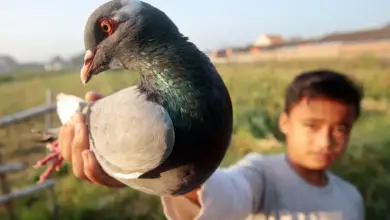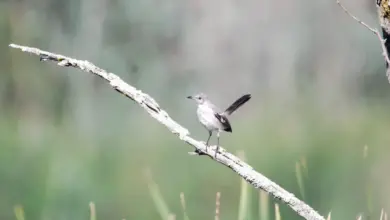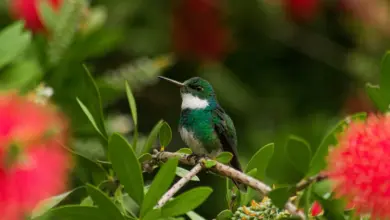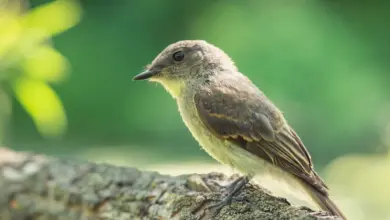Scarlet-headed Blackbird
The Scarlet-headed Blackbird, Amblyramphus holosericeus, is an icterid bird of southern South American wetlands.
Scarlet-headed Blackbirds occur in pairs in large reed beds in southern Brazil, Paraguay, Uruguay, and northeastern Argentina; Bolivia has an isolated population at altitudes up to about 600 m. They often perch conspicuously on top of a stem.
They are uncommon, particularly away from the coast.
Description:
This species is about 24 cm long. The bill is oddly shaped: long, slender, and very sharp, looking almost upturned.
Adults of both sexes are described by their names.
Juveniles have entirely black plumage; orange-red feathers first appear on their breast and throat, later spreading to the neck, head, and thighs.
Song / Vocalization:
The song is given as “loud, clear, and melodic, a ringing ‘clear-clear-club, clulululu’.” Calls are simpler but have a similar quality.
Diet / Feeding:
They eat mainly fruit, supplementing it with seeds and invertebrates, especially insects. They use their bill as a hammer to open food items.
Breeding / Nesting:
Scarlet-headed Blackbird are monogamous, and territories are grouped together. The nest is an open cup placed in the crotch of a shrub or woven into vegetation, in which they lay two eggs.





